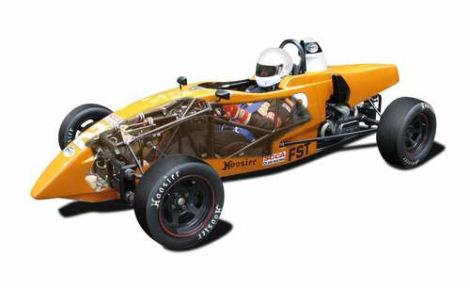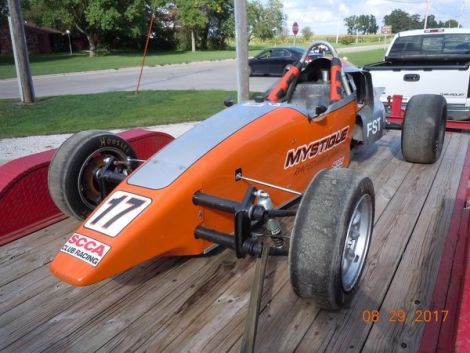Cheap racing isn’t cheap, it’s just less-expensive than really expensive. Spec racing aims to cure that but how’s that for a fix? So far, It’s still not cheap. However, in looking at Formula first, we may be as close to the inexpensive goal as possible.
Questions come up about anyone who proposes such things. Popularity already in place. National level drivers. But what does it give us that the other classes don’t? Well the single thing that keeps new people from coming into racing is the cost. Cost of entry and cost to run an event.

That’s where a bunch of racers got together and looked at the most affordable classes in the SCCA and determined how expensive they truly are. Based on consumables; Engine reliability and rebuilds, how many sets of tires aused in a weekend, month, season. How much is it costing others in the same class to go faster with superior equipment? So they took the Formula Vee class and found the expensive parts and converted them to more cost effective items.
Formula Ford wheels and tires, but hard compound (R60) so they don’t just last a weekend, more like 25 heat cycles or more. That more than a whole season In fact. Wheel minimum weights so nobody spends crazy money for a quarter pound less un-sprung weight.
Inlet restricted type-1 1600cc engines. The 1200cc FV engines were getting spun above 7k rpm and built loose for low friction and used expensive parts. 7k revs made power but made rebuild frequency every 12-18 months depending on how much you raced in a year. On that note, 1200cc parts are more expensive than 1600 type-1 parts so a type-1 engine was selected but with a spec carburetor, intake manifold, spec compression and camshaft. An intake restrictor plate keeps useful revs to 6k and below, making the engine extremely reliable and retaining good power: 85hp/100+tq. All up in a car weighing 1100 pounds with driver. The result, is a proper FST race engine build is HALF that of an FV engine.
Trans-axle. Only one type allowed and one gear set allowed. FV allows multiple gear ratios making a team carry at least 2 boxes for long or short courses and really competitive/national level teams carry 4 boxes.

So already we have the difference between FV, Formula Ford even, and FST being much less equipment, less trick equipment, and much lower operating costs.
How low? How does under $300 a race weekend sound? That’s not including towing, gas, hotel rooms, beer and pizza, entry fees…. But on the other hand it’s less than FV and 8-10 times less than formula ford. For what though?
Well, for faster lap times than national level FV cars and hangin’ right in there or beating club ford/historic formula ford cars. Right now there’s near 50 cars out there in FST trim, several of them are converted FV cars and some are new chassis designed specifically for this category.
You can get a competitive car together with used bits and bobs for $10k. Build new for anywhere from $15-20k, again, depending on what you pick. Digital dashboards and data logging, etc will put you right up at 20k, otherwise, look around $15k for reality and enjoy the low low cost per race nobody around you on the grid does.
Here’s a 14-year old lad who set pole at 1:04, enjoying running costs a nice lawn mowing job could get any kid.